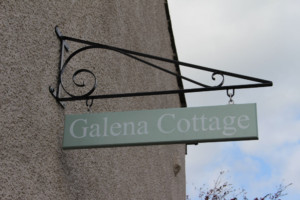About
Wardlow
100+ Years Old
3 Rms, 6 Guests
History of the Area
The first smelting of Derbyshire lead ore, known as galena, was some 3500 years ago. Two thousand years ago the Romans made it an important industry and, for two hundred years up to 1780, the Peak was the most important lead mining area in the world. By the 1600s lead had become second in importance in the national economy only to wool. It was essential for the roofs of public buildings and the new houses being built in every part of the country by the nobility and gentry. All houses, including farmhouses and cottages by then, had glazed windows, with lead glazing bars. It was the only material for water storage and piping. Even the army used it as ammunition. There was a thriving export trade as well as the home market and the Wirksworth area was the main source of the ore.
Lead ore was Crown property in most places and the mining area of Derbyshire under royal control was known as the King’s Field, with two separately administered divisions, the High and Low Peaks, each further divided into liberties, based on parishes. Everything about the old lead industry, from the mining of ore to its sale, stemmed from the ancient claim of the monarch to all mineral rights. The whole structure was designed to enable the Duchy of Lancaster, a royal possession, to collect the king’s royalties and, since these were farmed out, the miners paid them to the king’s farmer. By the seventeenth century the local holder of the mineral rights was also the barmaster, who ran the industry, helped by deputies responsible for the liberties, and by the miners’ juries of the Barmote Court.
The lead industry is long gone, but its traditions are still maintained – the barmaster and the jury still meet in the Barmote Hall in Wirksworth. It was the royal possession of the mineral rights and the royal wish to encourage lead mining that dictated the two characteristic features of the old industry. Any man who could demonstrate to the barmaster that he had discovered a significant amount of ore was allowed to open a mine and retain the title to it as long as he continued to work it, and, secondly, mining took precedence over land ownership. No landowner or farmer could interfere with lead mining, though there were many attempts to limit its damage.
It is no longer important but a little is still mined today at places like Bonsal and Bradwell moors, together with the more important, but formerly waste minerals, fluorspar – used in plastics and toothpaste, and barite – used in glossy papers and North Sea drilling.
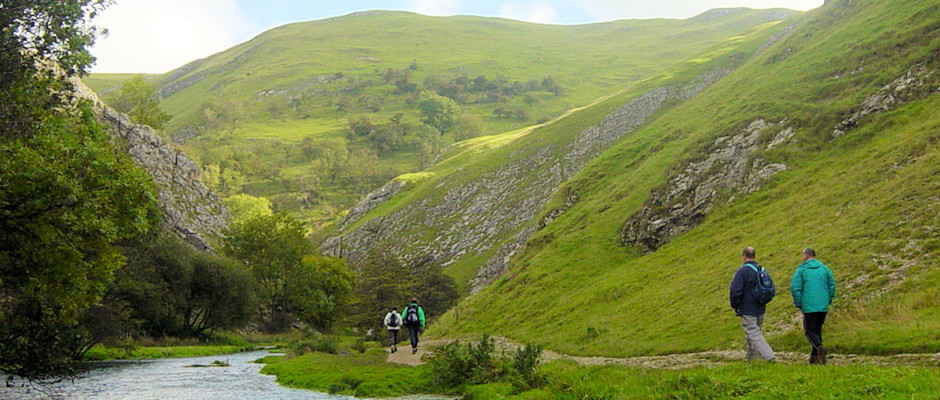
It may be less obvious today, but the remains of the industry and the wealth it created can be seen all over the Peak, in old workings, old barns erected in small fields by the miners, on the many “bole hills” used for smelting, and the later remains of smelting mills on the streams and rivers.
Its large houses, for example Chatsworth, Haddon and Hardwick, were built by families who gained fortunes from lead duties, whilst most other substantial houses in the area were built by successful mine shareholders or lead merchants. Whole villages grew up where the miners lived – amongst them Bradwell, Eyam, Winster, Bonsal and Wirksworth, where you can see the large houses of mine-agents and merchants and the mazes of tiny houses of lead miners reached by winding narrow footpaths of genels.
Look at a big house like Hardwick Hall to see how lead was used like plastic is today: The roof, the gutters and down pipes, the windows and for bonding the stones together. The ornaments in the garden, the cistern for catching the rainwater, the water supply pipes, sinks and drains, in weights on the scales, the large pan for milk, the pewter spoons and utensils, the caddy for tea, the paint and the paintings on the walls, the glaze on the Devonshire ware pottery and the stoneware jars. It was used in poultices for trapped fingers and in medicine for treating syphilis. It shouldn’t have been, but white lead was used to make bread whiter and sugar of lead to make wine sweeter. No wonder the industry boomed.
Matlock Bath was formerly a lead mining settlement but three centuries ago turned to tourism using the warm water from its springs and old mines as an attraction. At its most fashionable period around 1800, former miners vied with each other to take visitors underground, for about a shilling a time, then the best part of a miners pay for a day.
The Peak District Mining Museum at Matlock Bath is the best starting place to find out more about lead mining. It is open every day and has an enormous range of things to see and do to get you involved. It has a small mine too where you can actually go underground. It you wish to see a large old mine underground then the Heights of Abraham at Matlock Bath have two, well lit by floodlighting.
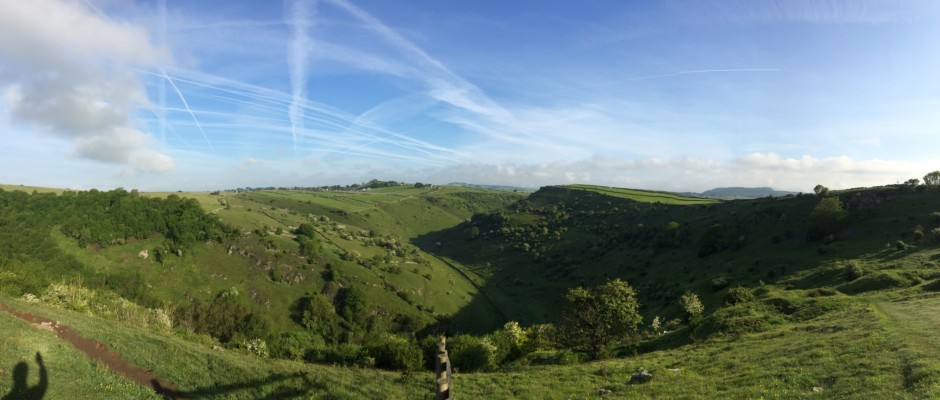
At Magpie Mine at Sheldon in the hills above Bakewell, you can walk around the best surface remains of any site in Britain. Pick up a leaflet from the Mining Museum to guide you and to see where they struck it rich and where the Magpie Murders took place in an argument over who owned the vein. The best place to see some of the thousands of shafts and hillocks of small mines is on Bonsal Moor in the hills west of Matlock. You just need to follow the footpaths or roads which were, of course, the ways the miners got to work, but be careful of still-open shafts. Choose a fine day for these walks – no need for you to suffer the severe weather like the knockers’ chippers and washers” had to. These were the women and children of the miners’ families who washed the lead ore from impurities, heavy work for twelve hours a day, outside all year.
At Wirksworth in the church you can see the medieval miner, a carving showing him carrying a pick and his wisket – a box for carrying the ore – whilst a short distance away is the Barmoot Hall where the Barmaster and miners jury still meet each year to administer the peculiar laws and customs of lead mining which are much the same today as when the court first met regularly some 700 years ago.
Winster is about five miles from Matlock and is the most unspoilt of the lead mining villages. It was a boom-town in the first half of the eighteenth century. Imagine Winster on pay day at the three big mines and dozens of smaller, with its twenty four inns and alehouses and hundreds of young men with six or seven weeks’ wages in hand! A small display in the Market Hall tells you more. The large mines were across the valley in which is now woodland, but the footpaths up the Bank behind the village lead to many small mining remains and give splendid views. The last large lead mine was the Millclose Mine which closed in 1940. It is now the site of a lead works with tall chimneys which can be seen from the road to Winster.
Remains of lead smelting are also common but harder to appreciate. The best and easiest site to see is the Stonedge Cupola at Spitewinter, just off the highest point on the road from Matlock to Chesterfield. Here you can see the tall chimney for dispersing the poisonous fumes, the millpond for providing water power for the furnaces, and the remains of flues in which particles of lead compounds were deposited from the smoke before it reached the chimney. Take yourself back to being a lad 150 years ago crawling through them sweeping the dust off the walls- and perhaps or even probably, suffering the belly ache and headaches of lead poisoning. On the site in June to August you can see a small bushy plant with small five pointed star-like flowers, the leadwort which will grow where other plants die.
Cottage History
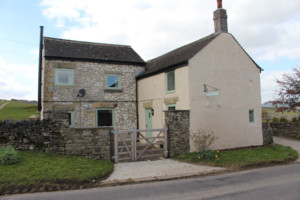
About Galena
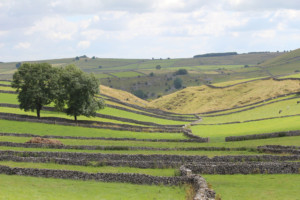
Availability and Bookings
